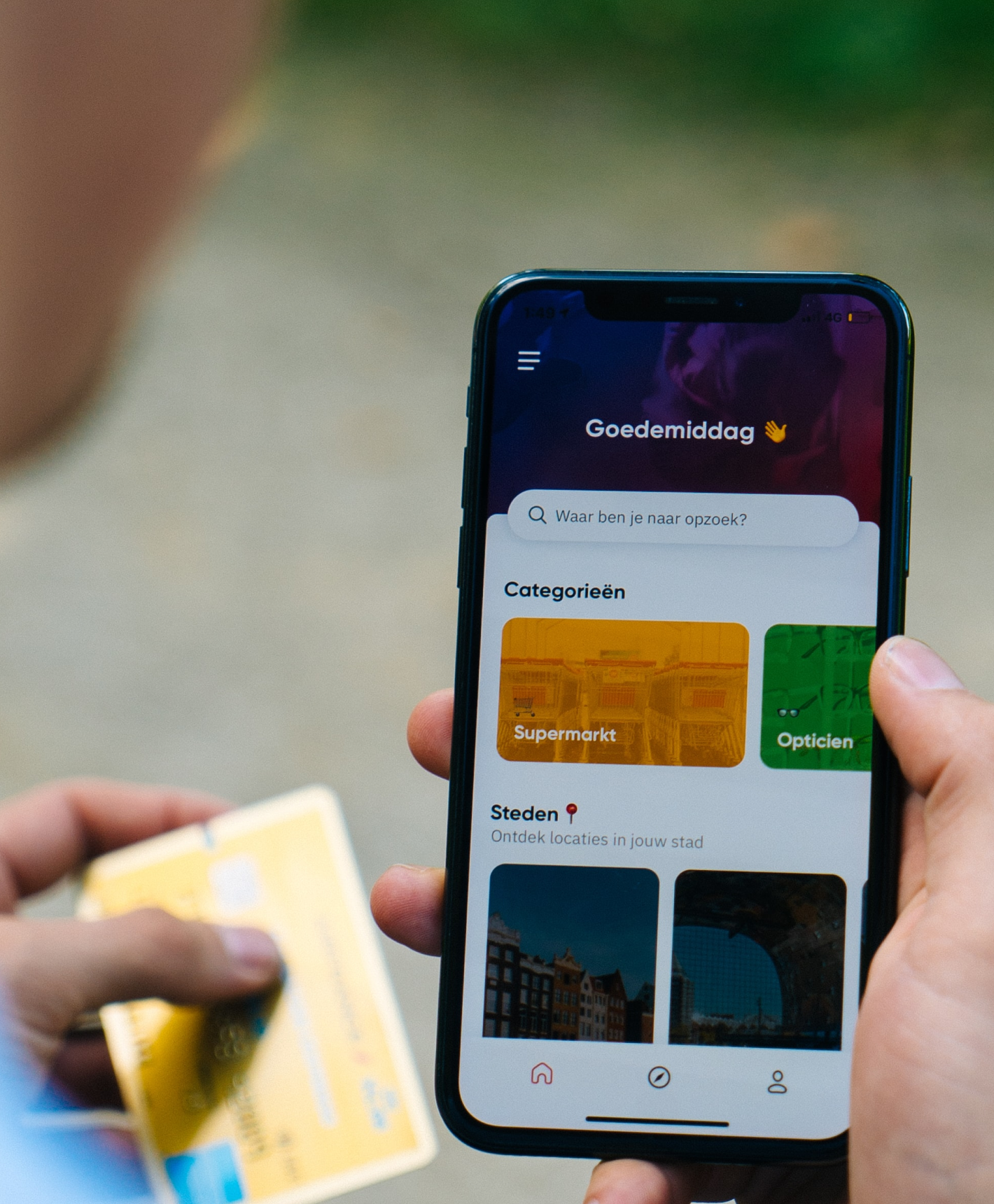Want to add value to your financial services brand? We make it happen

Intelligent insights for a fast-moving market
Financial services makes the world go round. It is where innovative disruptors and long-established businesses compete, collide and collaborate. In this space, a successful business needs branding, marketing and communications with focus, flare and a deep understanding of the financial ecosystem.
That’s what you get from our financial services PR & marketing team. Whatever stage you are at. We design and deliver strategies that translate audience engagement into measurable business results. Informed by deep sector knowledge, a wealth of experience and strategic intelligence, we create bespoke, multi-channel programs that get business results.
Our Formula for Success
Sector specialization
We understand the financial services sector and the forces that shape it. With our industry background and deep sector knowledge we can deliver for you from day one.
Intelligent insights
Our intelligent insight into your markets, research into issues and strategic thinking gives you fresh and valuable perspectives every time.
Empowered talent
Our people grow their careers with us, so we can build trusted, long-lasting relationships with clients that deliver time after time.
Global expertise
Our experts support financial services firms from offices in strategic locations in the US, UK, Europe, Middle East and Asia, so you get local nuance and global impact.
Excellent Execution
All the work we do for you is executed with thought, precision and care across all channels to give you the best possible results.
Your success
You define what success means for your business, and we design the program to deliver it – with a unique outcomes-driven commercial model.
Financial services results we’re proud of
21%
Increase in website traffic from paid search for a global back-end and front-end payments provider.
53
Leads captured in the first 24 hours of a multichannel whitepaper campaign for the world’s leading provider of underwriting and analytics solutions to the insurance industry.
72
Pieces of top tier coverage for an industry leader in impact investing.
Financial services news
When you need brand, marketing or communications that adds value to your financial services business, our specialists can help.












